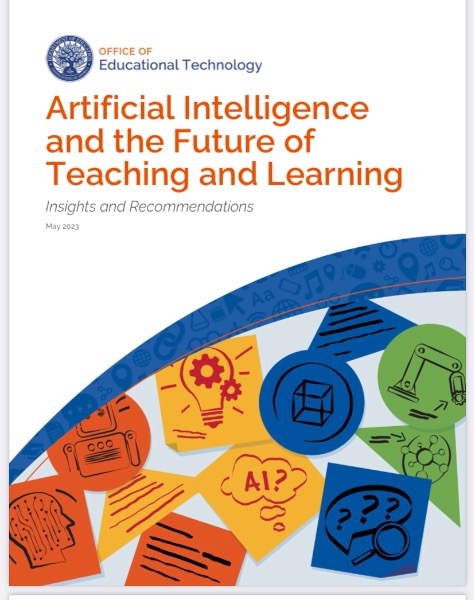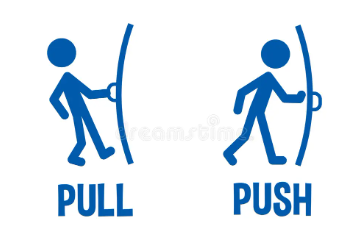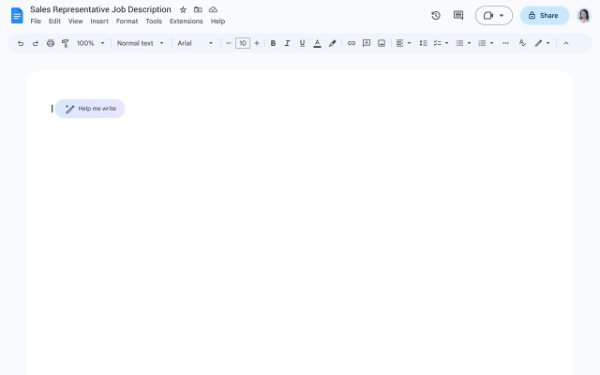Telling Students to Use AI

2023 was certainly a year for AI. In education, some teachers avoided it and some embraced it, perhaps reluctantly at first. Some educators have reacted, partially to AI that can write essays Some schools, some teachers, some school districts some colleges some departments have tried to ban it issues. Of course, that is impossible, just as it was impossible to ban the use of Wikipedia or going back to the previous century, the use of a word processor, or a calculator in a math class, or use the Internet to copy and paste information.
What happened when an entire class of college students were told to use ChatGPT to write their essays?
Chris Howell, an adjunct assistant professor of religious studies at Elon University, noticed more and more suspiciously chatbot-esque prose popping up in student papers. So rather than trying to police the tech, he embraced it. He assigned students to generate an essay entirely with ChatGPT and then critique it themselves.
When I first caught students attempting to use ChatGPT to write their essays, it felt like an inevitability. My initial reaction was frustration and irritation—not to mention gloom and doom about the slow collapse of higher education—and I suspect most educators feel the same way. But as I thought about how to respond, I realized there could be a teaching opportunity. Many of these essays used sources incorrectly, either quoting from books that did not exist or misrepresenting those that did. When students were starting to use ChatGPT, they seemed to have no idea that it could be wrong.
I decided to have each student in my religion studies class at Elon University use ChatGPT to generate an essay based on a prompt I gave them and then “grade” it. I had anticipated that many of the essays would have errors, but I did not expect that all of them would. Many students expressed shock and dismay upon learning the AI could fabricate bogus information, including page numbers for nonexistent books and articles. Some were confused, simultaneously awed and disappointed. Others expressed concern about the way overreliance on such technology could induce laziness or spur disinformation and fake news. Closer to the bone were fears that this technology could take people’s jobs. Students were alarmed that major tech companies had pushed out AI technology without ensuring that the general population understands its drawbacks.
The assignment satisfied my goal, which was to teach them that ChatGPT is neither a functional search engine nor an infallible writing tool.
Source wired.com/story/dont-want-students-to-rely-on-chatgpt-have-them-use-it/
 The
The 
